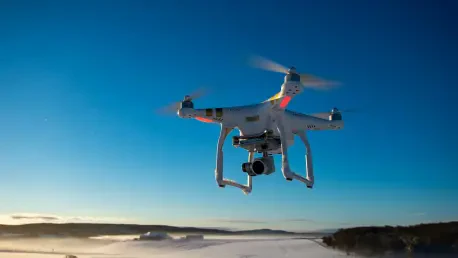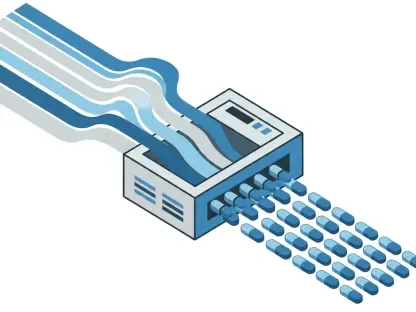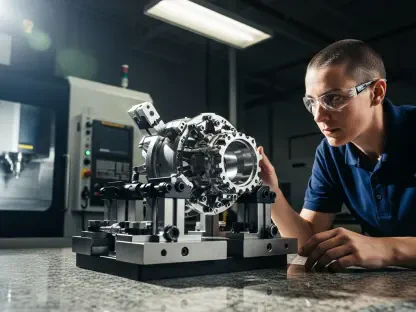I’m thrilled to sit down with Kwame Zaire, a renowned manufacturing expert with a deep passion for electronics and equipment. With a focus on production management, Kwame has become a thought leader in predictive maintenance, quality, and safety. Today, we’re diving into the groundbreaking partnership between Kawasaki Motors and Dronamics, exploring how their collaboration on unmanned aerial vehicle (UAV) technology and aviation engines could shape the future of cargo transport and beyond. From the integration of cutting-edge engines into the Black Swan platform to the potential for sustainability and disaster relief applications, Kwame offers his unique insights on this exciting venture.
How did Kawasaki Motors and Dronamics come together for this partnership, and what sparked their collaboration?
From what I understand, this partnership is rooted in a shared vision for innovation in aviation. Kawasaki Motors, with its storied history in engine development, was looking to re-enter the aerospace propulsion space, while Dronamics had developed a game-changing cargo drone platform called the Black Swan. Their paths likely crossed through industry networks or trade events where both companies recognized a mutual benefit. Kawasaki saw an opportunity to apply their aero piston engines to a cutting-edge UAV, and Dronamics saw a chance to enhance their platform with proven engine technology. It’s a classic case of complementary strengths coming together to push boundaries.
What is it about the Black Swan platform that makes it such a strong match for Kawasaki’s engine technology?
The Black Swan is designed for long-range, high-payload cargo transport—capable of carrying 350 kilograms over 2,500 kilometers. That’s a demanding performance profile, and it requires reliable, efficient propulsion systems, which is where Kawasaki’s expertise shines. Their aero piston engines are known for durability and power, aligning perfectly with the Black Swan’s need for sustained performance. Additionally, the drone’s innovative design allows for seamless integration of advanced engines, making it a natural fit for Kawasaki’s return to aviation.
In what ways do you think this partnership could influence the trajectory of unmanned aviation technology?
This collaboration has the potential to set new benchmarks in unmanned aviation. By combining Kawasaki’s engine innovation with Dronamics’ UAV expertise, we could see significant improvements in efficiency, range, and payload capacity for cargo drones. This isn’t just about one drone model—it’s about proving concepts that could be scaled across the industry. I also think they’ll tackle key challenges like reducing operational costs and enhancing reliability, which are critical for widespread adoption of UAVs in commercial and humanitarian applications.
Can you describe the process of integrating Kawasaki’s engines into a platform like the Black Swan?
Integrating an engine into a UAV like the Black Swan is a complex, multi-step process. It starts with design alignment—ensuring the engine’s specifications match the drone’s structural and performance needs. Then comes the engineering phase, where components are adapted and fitted, followed by rigorous ground testing to check for compatibility and safety. Flight testing is the next big hurdle, validating performance under real-world conditions. Each stage involves close collaboration between teams to troubleshoot issues and optimize output. Depending on the complexity, this could take months to a couple of years before full operational readiness.
How does sustainability factor into this partnership and the technology they’re developing?
Sustainability is a growing priority in aviation, and I believe this partnership is well-positioned to address it. Kawasaki’s engines are likely being designed with fuel efficiency in mind, which directly reduces carbon emissions. On top of that, the Black Swan’s focus on cargo transport could minimize the need for larger, less efficient aircraft for certain routes. Both companies seem to share a broader goal of creating eco-friendly solutions, aligning with global trends toward greener aviation practices. It’s not just about performance—it’s about responsibility.
What does Kawasaki Motors bring to the table from its historical expertise in aviation and engine development?
Kawasaki has a rich legacy in aviation engineering, dating back decades as part of the Kawasaki Heavy Industries Group. They’ve built high-performance engines for various applications, including powersports, which gives them a deep understanding of power-to-weight ratios and durability under stress. This expertise is invaluable for UAV propulsion, where reliability is non-negotiable. This partnership also marks a significant pivot for Kawasaki, re-establishing their presence in aerospace with a modern, forward-looking project that builds on their past while embracing new challenges.
How could a fully Japan-built version of the Black Swan be utilized within the Japanese market?
A Japan-built Black Swan opens up some fascinating possibilities, especially given the country’s unique needs. Japan is prone to natural disasters like earthquakes and typhoons, so this drone could play a vital role in disaster relief by delivering emergency supplies to hard-to-reach areas. Beyond that, it could support firefighting efforts by transporting equipment or even water payloads to remote wildfire zones. Other civil protection missions, like monitoring infrastructure or aiding in search-and-rescue operations, are also feasible. It’s a versatile platform with a lot of potential to serve the public good.
What is your forecast for the future of unmanned cargo aviation based on partnerships like this one?
I’m incredibly optimistic about the future of unmanned cargo aviation. Partnerships like the one between Kawasaki and Dronamics are paving the way for more efficient, cost-effective, and sustainable transport solutions. I foresee a rapid expansion of UAV use in logistics, especially for last-mile delivery and remote access, as technology matures and regulations evolve. We might even see hybrid models combining manned and unmanned systems for greater flexibility. The ripple effects of this collaboration could inspire more innovation, ultimately transforming how goods and aid are delivered worldwide.









